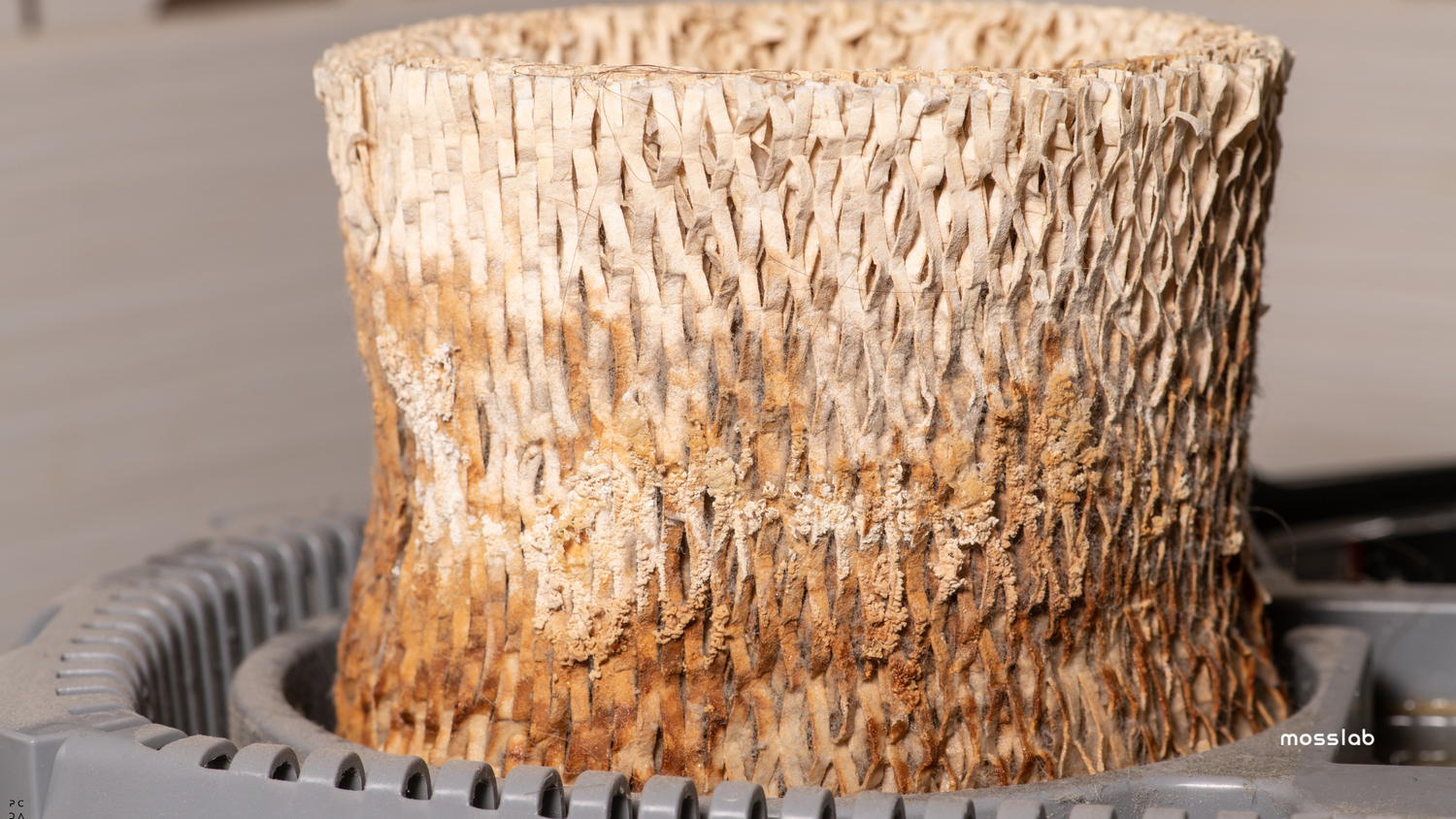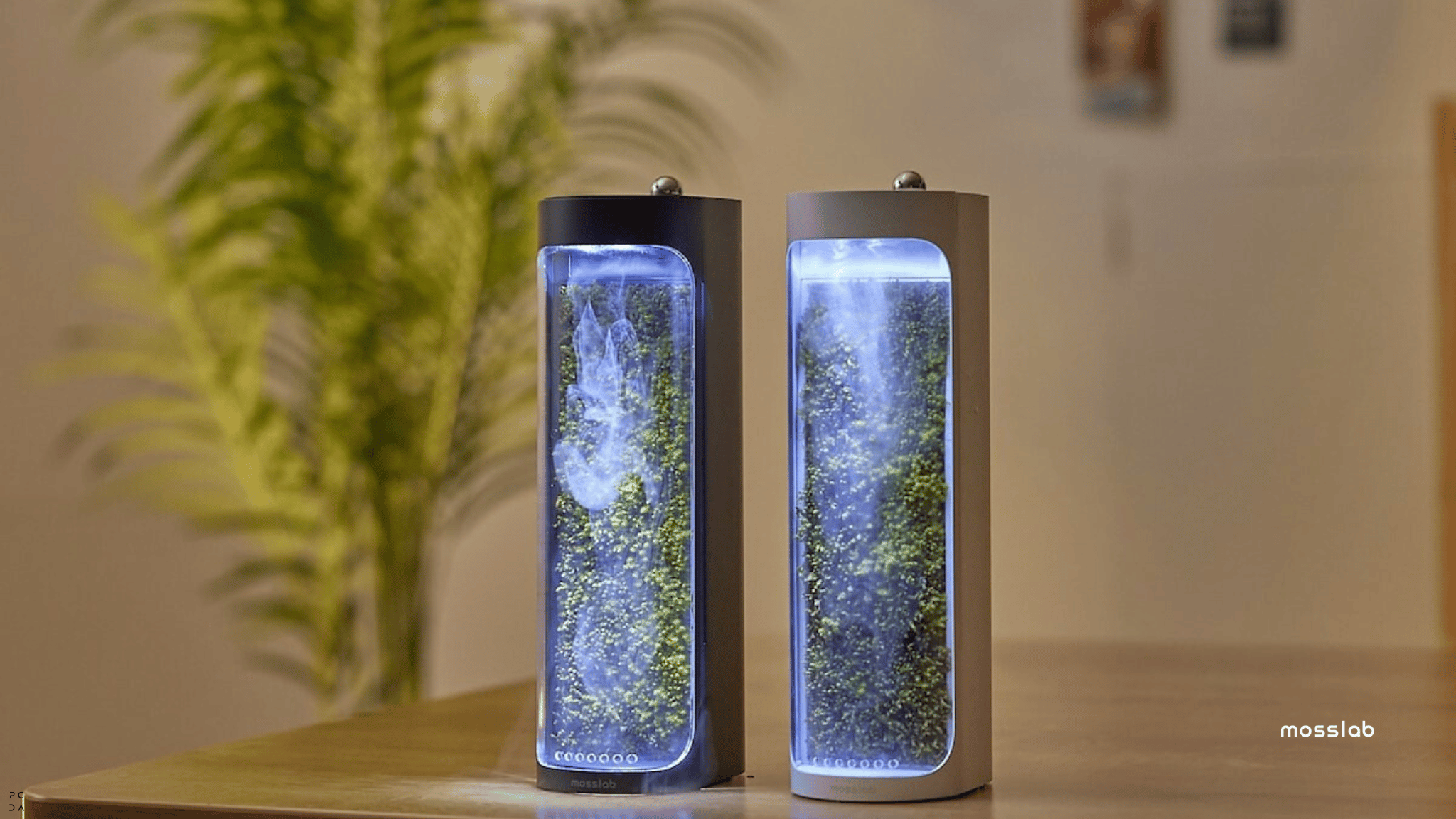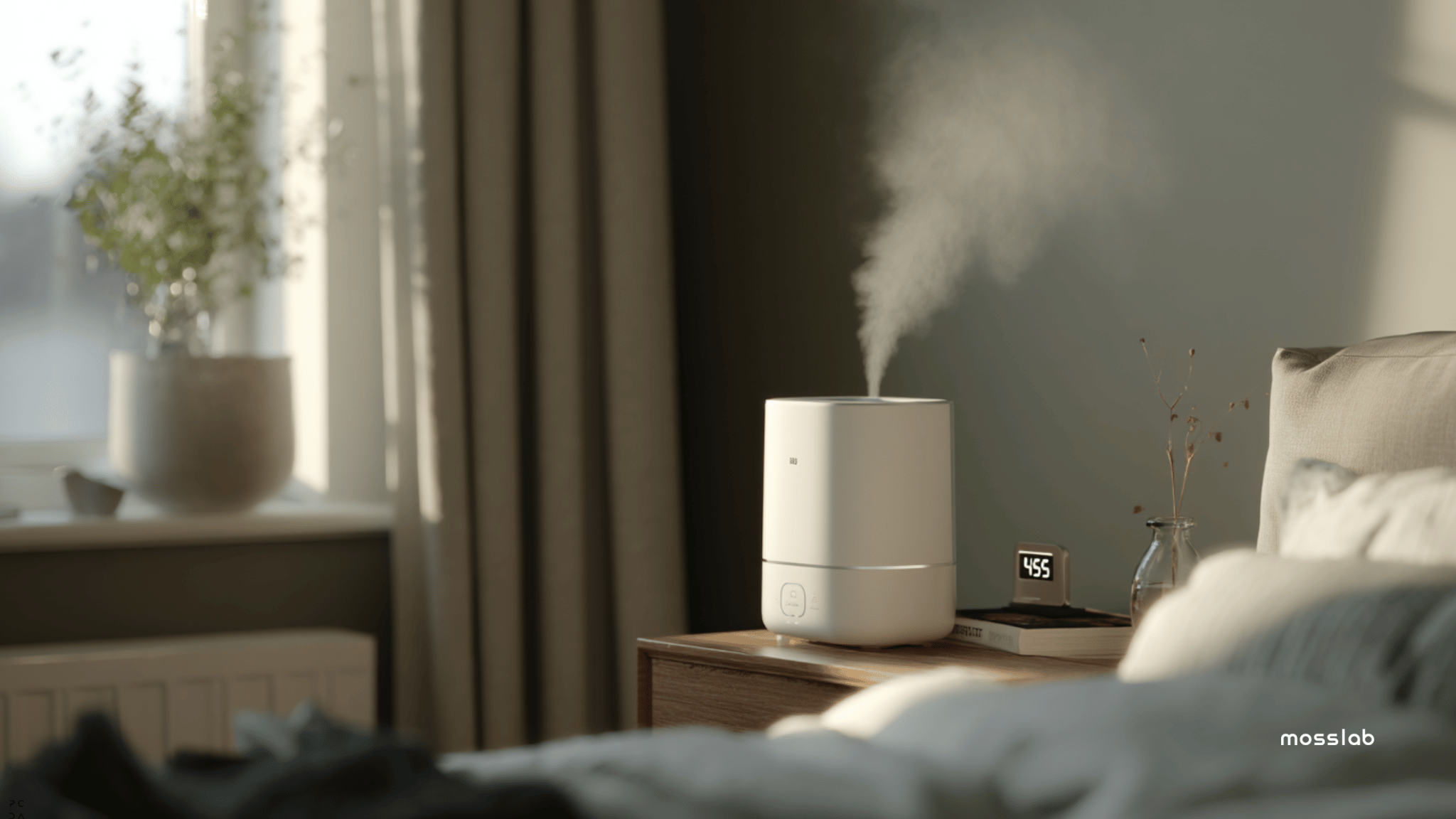A humidifier can make you sick if it's not maintained properly. Stagnant water can harbor bacteria and mold, leading to respiratory issues like coughing, wheezing, and even flu-like symptoms. Use distilled water to prevent white dust and regularly clean the device to minimize risks. Also, monitor humidity levels, keeping them between 30-50%. Selecting the right humidifier and maintaining it well is essential for healthy air at home. To learn more about humidifier safety and maintenance, keep exploring.
Understanding Humidifier Sickness

When it comes to humidifier sickness, understanding the root causes can help you maintain a healthier environment.
Humidifier sickness often stems from inhaling airborne contaminants from a poorly maintained device. Bacteria and mold thrive in stagnant water reservoirs and can be dispersed into the air, leading to respiratory issues. These include wheezing, nasal congestion, and potentially more severe conditions like humidifier lung.
To prevent humidifier sickness, it's essential to prioritize cleaning your humidifier regularly. By doing so, you minimize the risk of bacteria and mold growth.
Use distilled or demineralized water to further reduce the chances of harmful microorganisms developing. Additionally, keep humidity levels below 60% to prevent over-humidification, which can foster mold and dust mites.
Maintaining these practices guarantees your humidifier remains a beneficial tool, promoting comfort without compromising your respiratory health. Stay proactive, and you'll enjoy a healthier indoor atmosphere.
Common Symptoms of Humidifier-Related Illness

How can you tell if your humidifier is making you sick? If you notice respiratory issues like coughing, wheezing, or nasal congestion, your humidifier could be to blame. These symptoms often result from inhaling mist contaminated with mold and bacteria.
Allergy symptoms such as sneezing, itchy eyes, and skin irritation can also arise, especially if you're sensitive to allergens that thrive in high humidity. Excessive humidity levels—over 60%—might lead to headaches, fatigue, and even sinus infections, which often come with facial pain and nasal discharge.
Flu-like symptoms, including fever, chills, and body aches, may appear if your humidifier is harboring mold and bacteria. People with asthma or other respiratory conditions are especially vulnerable and might experience worsened health problems.
To prevent these issues, regularly clean your humidifier to guarantee it doesn't become a breeding ground for harmful substances. Stay mindful of your indoor air quality to maintain good health.
Identifying the Risks of Different Humidifier Types

Although humidifiers can enhance comfort by adding moisture to the air, it's crucial to be aware of the risks associated with different types. Ultrasonic humidifiers may cause health concerns because they release dissolved minerals as white dust, potentially leading to serious lung injuries, especially in infants. This highlights the importance of regular cleaning to prevent harmful buildup.
Vaporizer humidifiers, while effective at reducing airborne minerals, pose burn risks and can contribute to the growth of bacteria and mold, leading to respiratory issues like humidifier lung if not properly maintained.
Evaporative humidifiers are generally safer, as they self-regulate humidity levels, but they still require regular cleaning of their water reservoirs to prevent bacteria proliferation. Venta humidifiers, using cold evaporation technology, avoid common pitfalls, such as white dust and airborne bacteria, making them a hygienic choice for homes with children.
Regardless of type, poorly maintained humidifiers may cause health issues by promoting mold and bacteria growth.
Effective Cleaning and Maintenance Practices
To guarantee your humidifier promotes a healthy environment rather than causing health issues, it's essential to adopt effective cleaning and maintenance practices.
Start by keeping your humidifier clean—make it a habit to clean it at least once a week. This helps prevent mold and bacteria from thriving in the water reservoir, which can lead to serious health risks. Use distilled water instead of tap water to reduce mineral buildup and avoid releasing irritating white dust into the air.
Don't forget to follow the manufacturer's guidelines for changing filters and wicks; this assures your humidifier operates efficiently and reduces contamination risks.
Always empty and dry the water tank between uses to prevent stagnant water from becoming a breeding ground for harmful microorganisms.
Finally, monitor your indoor humidity levels with a hygrometer, keeping them between 30-50%. This helps avoid over-humidification, which can contribute to respiratory issues.
These steps will help maintain a safe and healthy indoor environment.
Choosing the Right Humidifier for Your Home
When selecting a humidifier for your home, it's important to take into account the type that best suits your needs. Different humidifiers come with varying benefits and health risks.
Evaporative models are generally safer, as they self-regulate humidity levels, reducing the chance of airborne bacteria. To maintain good indoor air quality, choose a humidifier that's easy to clean, as regular maintenance minimizes mold and bacteria growth.
Using distilled water is also vital to avoid mineral buildup and the release of white dust, which can cause respiratory problems.
Consider these factors when choosing a humidifier:
- Type: Opt for evaporative humidifiers for safer operation.
- Maintenance: Select models with removable tanks for easier cleaning.
- Water Source: Use distilled water to prevent harmful dust emissions.
- Tank Size: Larger tanks reduce refilling frequency, ensuring consistent humidity control.




